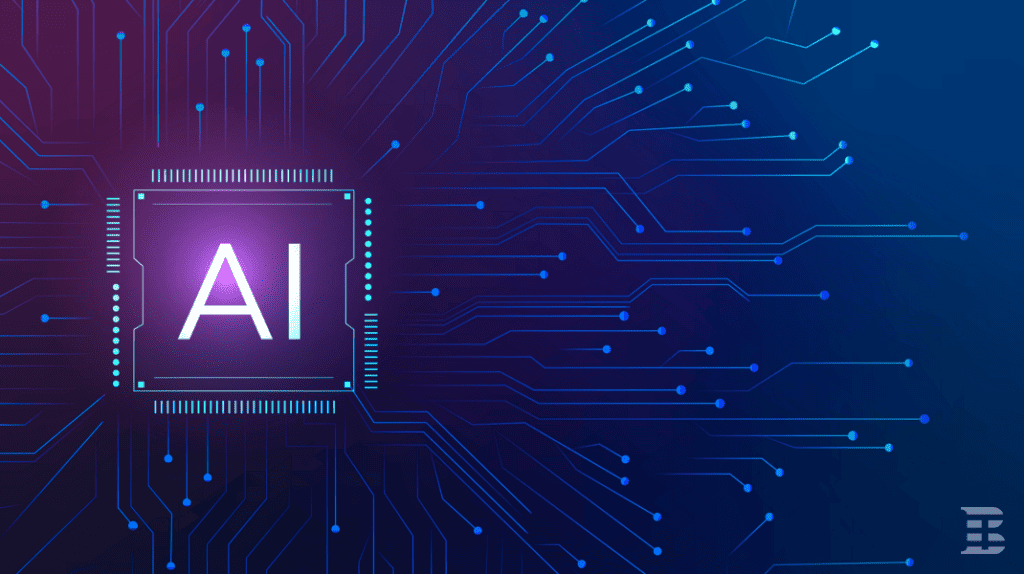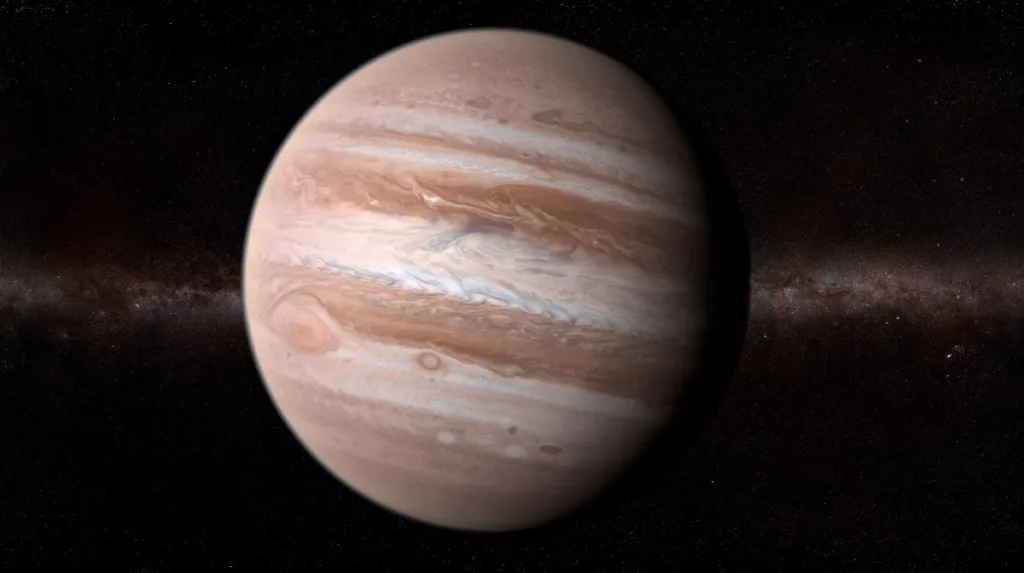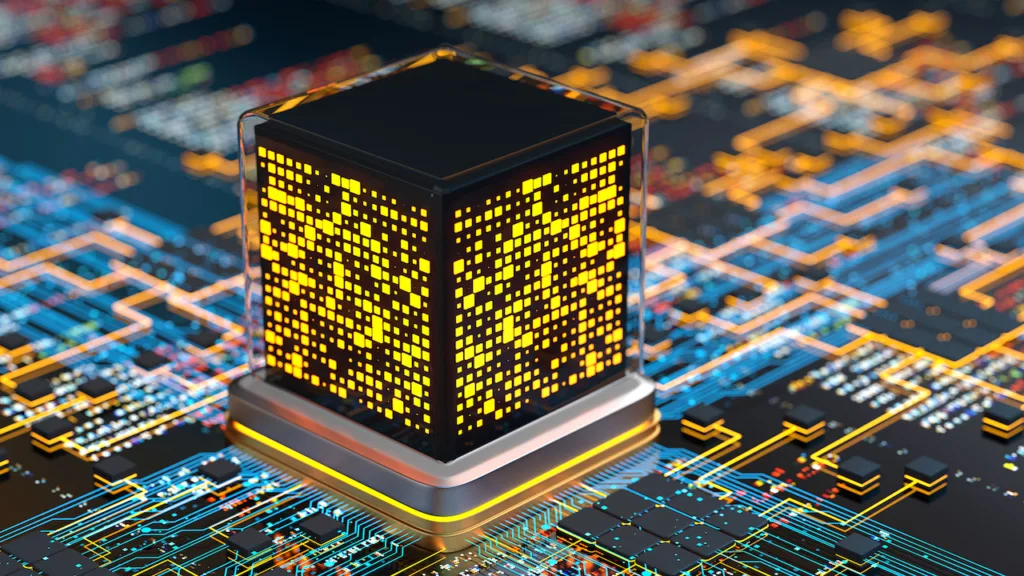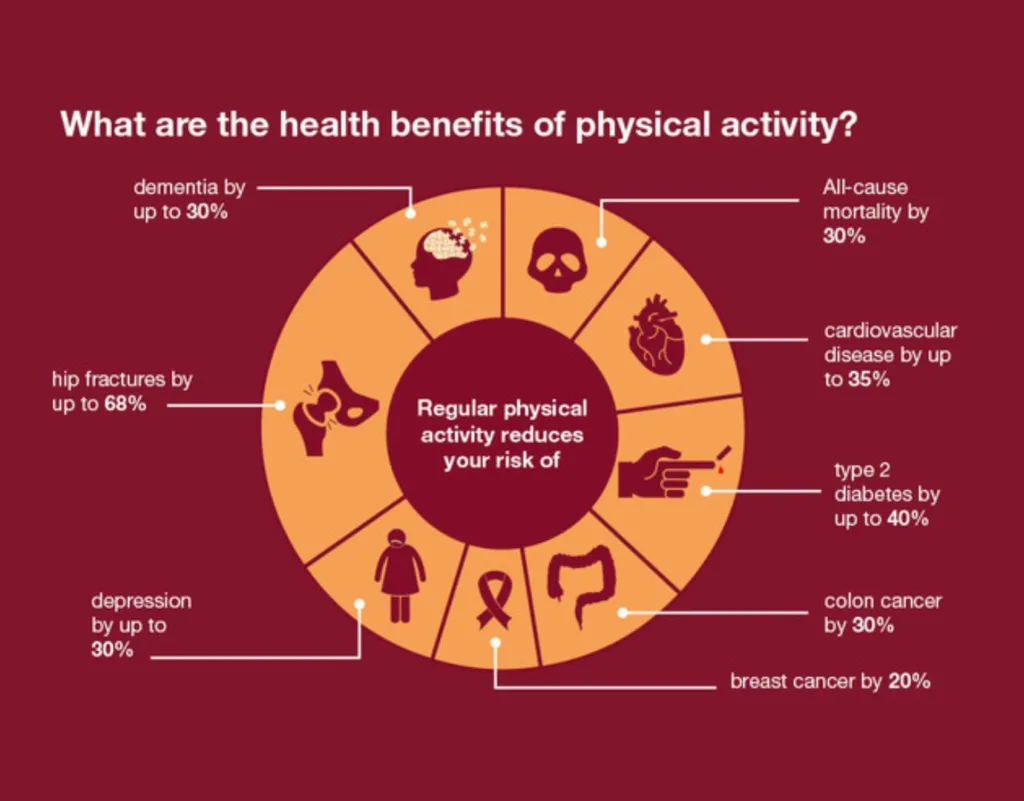A Glimpse into the Newest AI Systems

The relentless march of technological progress continues to reshape the world, and at the forefront of this transformation are the newest AI systems. These cutting-edge advancements in artificial intelligence are opening doors to unprecedented capabilities, from enhanced natural language understanding to more sophisticated problem-solving. In this article, we take a closer look at some of the latest AI systems that are shaping our present and influencing the future.
GPT-3: Conversational Marvel
One of the most talked-about AI systems is OpenAI’s GPT-3 (Generative Pre-trained Transformer 3). With a staggering 175 billion parameters, GPT-3 has set a new benchmark for natural language understanding and generation. GPT-3’s capacity to understand context and mimic human-like responses marks a significant stride towards more natural and intuitive human-machine interactions.
DALL-E and Creating Art from Text
In the realm of AI-driven creativity, DALL-E has emerged as a remarkable innovation. Developed by OpenAI, this system can generate images from textual descriptions. By interpreting written prompts, DALL-E generates visual art that aligns with the provided input. From “a futuristic cityscape at night” to “an apple that looks like a pumpkin,” DALL-E showcases the potential for AI to bridge the gap between text and visuals, offering new avenues for creative expression and design.
CLIP: Bridging Vision and Language
The emergence of CLIP (Contrastive Language–Image Pre-training) exemplifies the growing integration of vision and language in AI systems. Developed by OpenAI, CLIP can understand and relate images and text in a way that mimics human cognition. This system has demonstrated the ability to solve visual puzzles, understand complex relationships between images and text, and even perform zero-shot image classification. CLIP is laying the foundation for more versatile AI systems that can comprehend and manipulate diverse data types.

The dawn of the newest AI systems ushers in a new era of capabilities that were once the realm of science fiction. As these technologies evolve, they hold the promise of transforming industries, enhancing human creativity, and reshaping the way we interact with technology.






